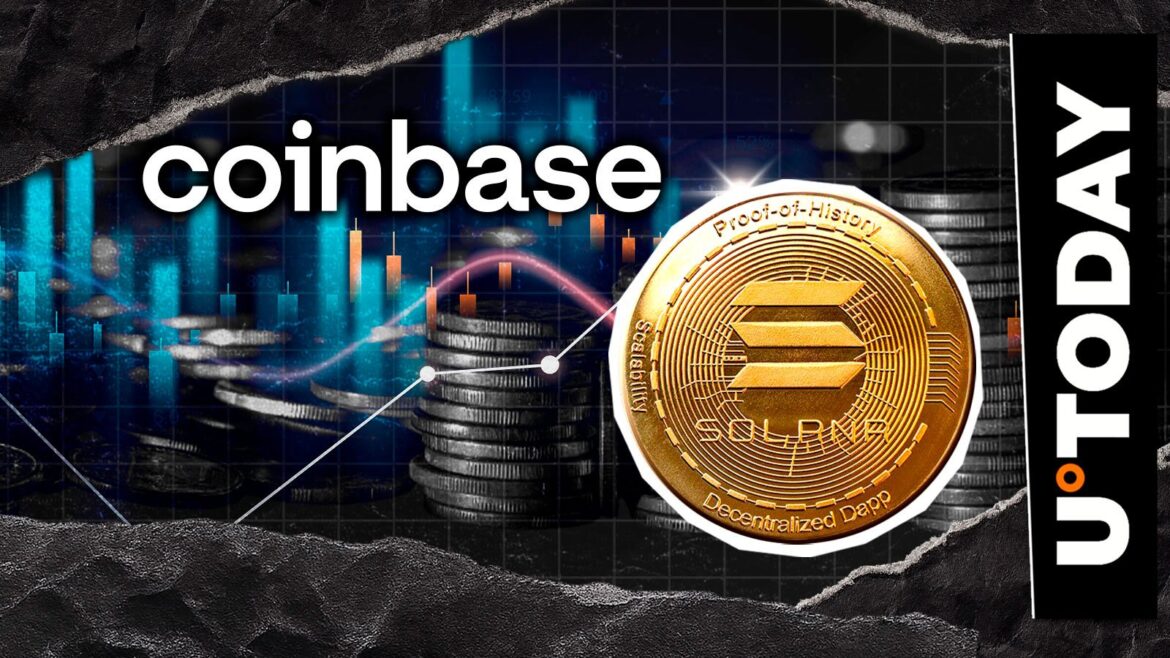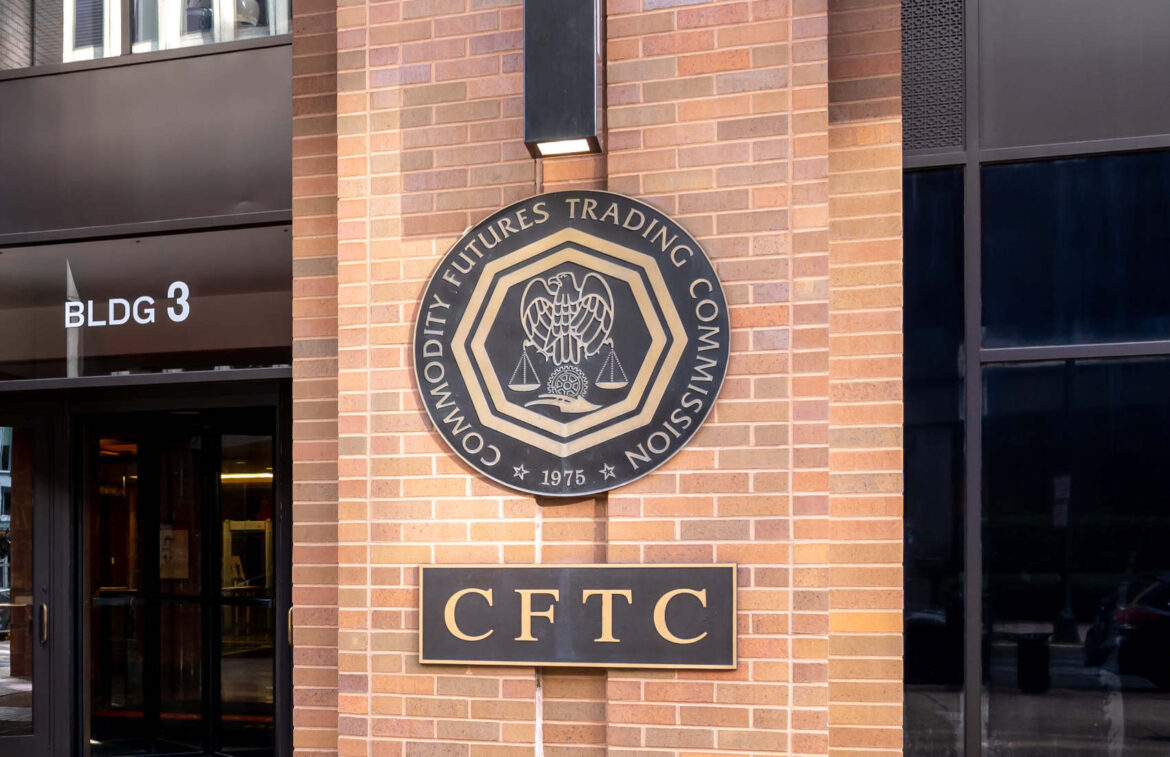In brief
- Metaplanet acquired 5,419 BTC for $632.53 million, at an average price of $116,724 per coin.
- Total holdings now stand at 25,555 BTC, valued at approximately $2.91 billion.
- The purchase pushes the company to 5th place globally among corporate Bitcoin holders.
Metaplanet has vaulted into the top five publicly listed Bitcoin holders worldwide, announcing on Monday an acquisition of 5,419 BTC worth approximately $632.53 million.
The Tokyo Exchange-listed investment firm purchased the coins at an average price of $116,724 (¥17.28 million) per Bitcoin, bringing its total holdings to 25,555 BTC, valued at approximately $ 2.91 billion at an average acquisition cost of $106,065 per coin.
The purchase elevates Metaplanet past Peter Thiel-backed Bullish to claim the fifth spot among corporate Bitcoin holders, trailing only Strategy, Marathon Digital, XXI, and Bitcoin Standard Treasury Company, according to Bitcoin Treasuries data.
“Please note this purchase is just the first tranche!” Dylan LeClair, director of Bitcoin Strategy at Metaplanet, tweeted Monday.
The acquisition, funded primarily through the company’s recently completed $1.45 billion international share offering, positions Metaplanet at 85.2% of its year-end 2025 target of 30,000 BTC, and a quarter of the way toward its 2026 goal of 100,000 coins.
“This business has become our engine of growth, generating consistent revenue and net income,” Metaplanet President Simon Gerovich said last week, referring to the company’s Bitcoin treasury operations that officially became a business line in December 2024.
As Bitcoin gains increasing acceptance among institutional investors and corporate treasuries, industry observers call for the importance of maintaining the asset’s core principles.
“Any push for adoption must preserve Bitcoin’s decentralized ethos,” Lionel Iruk, senior advisor to Nav Markets and the Managing Partner at Empire Legal, told Decrypt.
“Excessive centralization or compromise of BTC’s core principles would risk undermining the very characteristics that set Bitcoin apart and drive its global credibility and appeal,” he added.
Bitcoin’s value proposition depends on remaining “independent, transparent, and censorship-resistant,” Iruk noted, even as it “gains legitimacy” in traditional finance channels.
Metaplanet has achieved a BTC Yield of 95.6% in Q1 2025, followed by 129.4% in Q2 2025. For the current quarter, from July 1 to September 22, 2025, the company reported a BTC Yield of 10.3%, according to the statement.
Recently, the company also established Metaplanet Income Corp., a Miami-based subsidiary with $15 million in capital, to manage derivatives operations separately from treasury activities.
Daily Debrief Newsletter
Start every day with the top news stories right now, plus original features, a podcast, videos and more.










